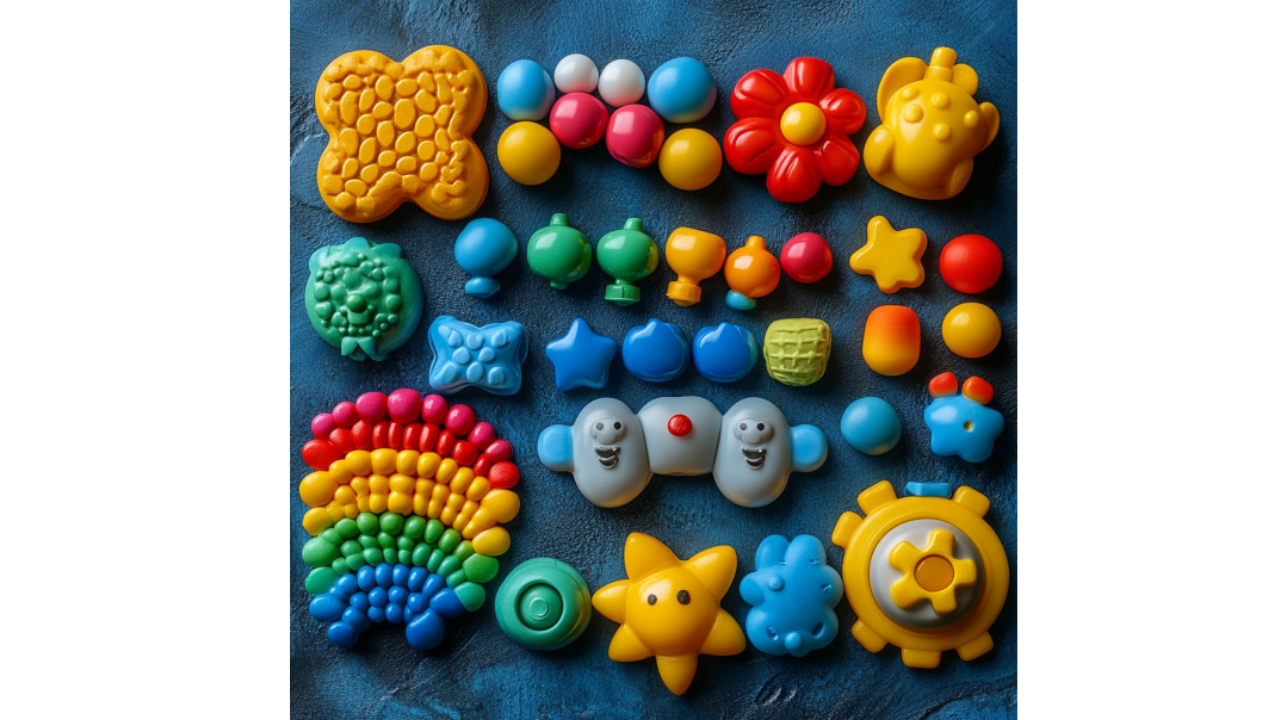Crisis Communication for Autistic Audiences
The tornado siren wails. Emergency alerts buzz on phones. News anchors speak with escalating urgency about "seeking shelter immediately." For most...

Sensory branding has become a powerful tool for creating emotional connections with consumers. By appealing to multiple senses—sight, sound, touch, taste, and smell—brands can evoke deeper emotional responses, differentiate themselves from competitors, and create memorable experiences. However, for autistic individuals, who often experience heightened sensory sensitivities, traditional sensory marketing techniques may need to be reconsidered and adapted.
Autism Spectrum Disorder (ASD) is characterized by differences in how sensory information is processed. Many autistic individuals may experience sensory input—such as loud sounds, bright lights, or certain textures—differently from neurotypical individuals, which can lead to sensory overload or discomfort. Given this, brands that seek to engage autistic consumers need to approach multisensory marketing with empathy and inclusivity, offering sensory experiences that are not overwhelming but instead attuned to the unique preferences of neurodiverse audiences.
This article explores the intersection of sensory branding and autism, and offers insights into how brands can rethink multisensory marketing to create more inclusive experiences for autistic consumers.
Sensory processing differences are a key component of the autistic experience. Autistic individuals may be hypersensitive (over-responsive) or hyposensitive (under-responsive) to various sensory stimuli. This can make certain environments, products, or marketing campaigns—especially those that are rich in sensory input—uncomfortable or even distressing for autistic individuals.
For example:
Sensory overload, where one is overwhelmed by the intensity of sensory input, can lead to anxiety or withdrawal for many autistic individuals. Brands must take this into account when designing sensory experiences in both physical spaces (such as stores) and in digital formats.
To create sensory branding that resonates with autistic individuals, marketers should adopt a more nuanced approach that prioritizes inclusivity. Below are key strategies for rethinking multisensory marketing for autistic consumers:
In many marketing campaigns, vibrant colors and high-intensity visuals are used to grab attention. However, for autistic individuals, this can lead to sensory overwhelm. Brands should consider creating minimalist and calmer designs, with muted colors, clear layouts, and easy-to-navigate interfaces.
Retail environments are often filled with sensory stimuli—loud music, bright lights, complex layouts—which can be overstimulating for autistic individuals. Brands can create sensory-friendly spaces by reducing unnecessary noise, using soft lighting, and offering quiet zones where customers can relax or decompress.
For autistic individuals, certain textures or sensory feedback can be calming or grounding. Brands can design products that offer tactile comfort or sensory feedback, creating positive sensory experiences that cater to neurodiverse preferences.
Music and sound can be powerful tools in marketing, but for autistic consumers, sensory-friendly soundscapes are key. Avoiding sudden, sharp, or excessively loud sounds and focusing on soothing, rhythmic, or familiar audio can create a more comfortable experience.
One-size-fits-all marketing doesn’t account for the diversity of sensory preferences within the autistic community. Offering customization options allows consumers to tailor the sensory experience to their preferences, whether it’s adjusting sound levels, changing visual intensity, or selecting tactile materials.
Some brands have already begun to rethink sensory experiences for neurodiverse consumers, leading the way in sensory-inclusive marketing.
Lush is known for its sensory-rich stores, where smells, colors, and textures are central to the brand experience. However, they also recognize the need for sensory inclusivity. They provide quieter, less crowded shopping hours and focus on offering products with a calming sensory experience, such as their bath bombs, which engage smell, sight, and touch in gentle, soothing ways.
Apple’s focus on inclusive design has helped them create products that cater to a wide range of sensory needs. Their devices feature accessibility settings that allow users to customize how they interact with their technology, such as reducing motion, adjusting screen brightness, and controlling sound levels. These features are particularly helpful for neurodiverse consumers who need flexibility in their sensory environments.
IKEA’s Sensory-Friendly Rooms in select stores create a calm, quiet environment with soft lighting and comfortable seating, designed for customers who may feel overwhelmed by the store’s typically busy, high-stimulation atmosphere. This initiative reflects IKEA’s commitment to making their spaces welcoming for everyone, including those with sensory sensitivities.
To create sensory branding that genuinely reflects the needs of neurodiverse consumers, it’s crucial for brands to involve neurodiverse individuals in the design and marketing process. This includes consulting with autistic individuals and experts to understand their sensory preferences and challenges.
Authenticity is key—brands should avoid tokenism and instead work toward building meaningful, inclusive experiences that genuinely address the sensory needs of autistic consumers. By prioritizing neurodiverse voices, brands can ensure that their marketing strategies are truly inclusive and accessible.
Sensory branding offers a powerful way for brands to connect emotionally with consumers, but for autistic individuals, traditional sensory experiences may need to be adapted to avoid overwhelm and discomfort. By rethinking multisensory marketing strategies to focus on inclusivity, customization, and comfort, brands can create more accessible and enjoyable experiences for neurodiverse audiences.
As the awareness of neurodiversity continues to grow, brands that take the lead in sensory-inclusive marketing will not only differentiate themselves but also foster lasting loyalty by creating spaces, products, and campaigns that resonate with the unique needs of autistic consumers.
-1.png)
The tornado siren wails. Emergency alerts buzz on phones. News anchors speak with escalating urgency about "seeking shelter immediately." For most...

3 min read
Brands must increasingly consider diverse communication preferences to create inclusive and effective strategies. For autistic people,...

The camera zooms in on perfectly manicured nails tapping a glass bottle. Tap. Tap. Tap. A whispered voice describes the product's features. Rustle of...